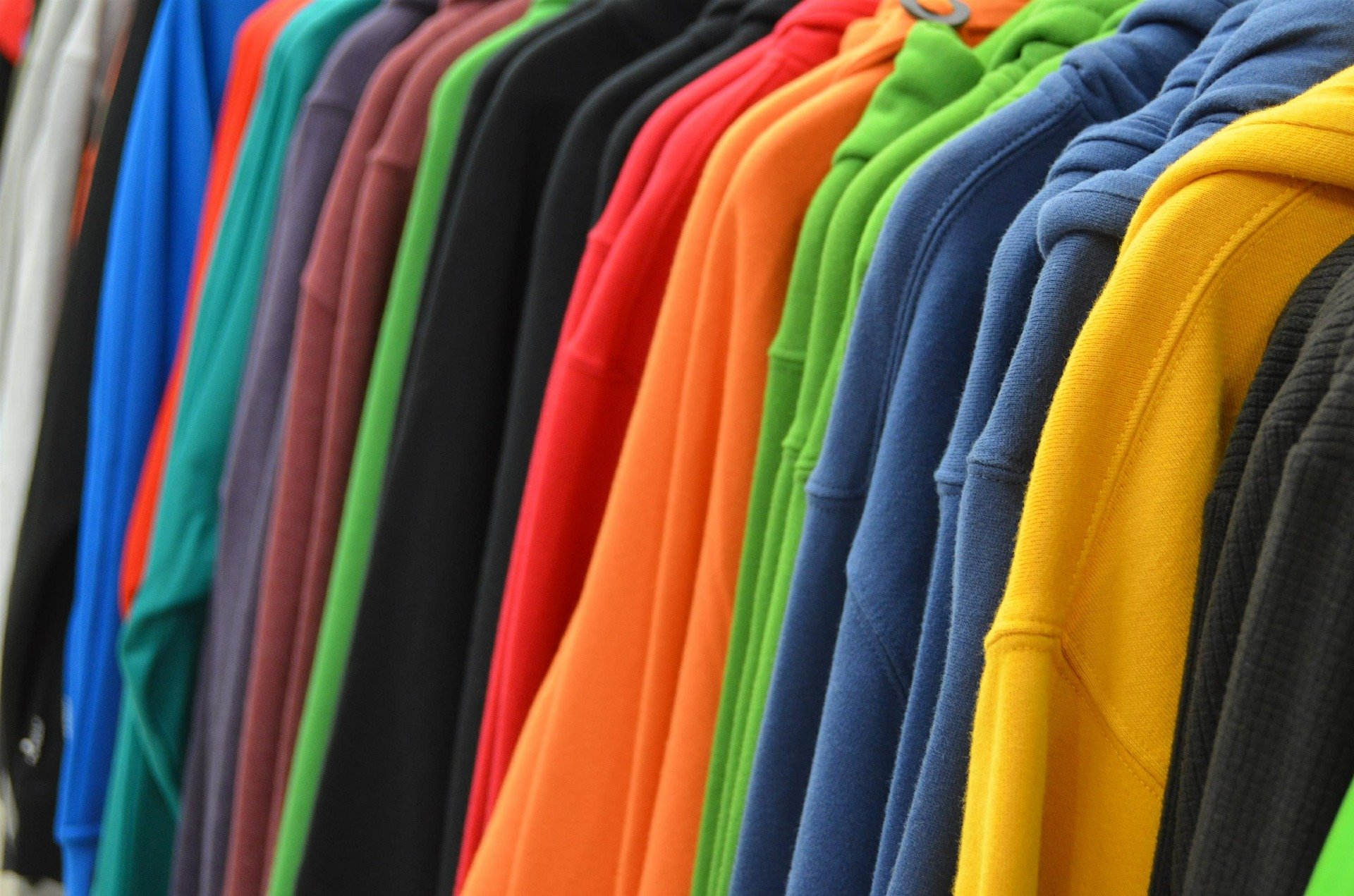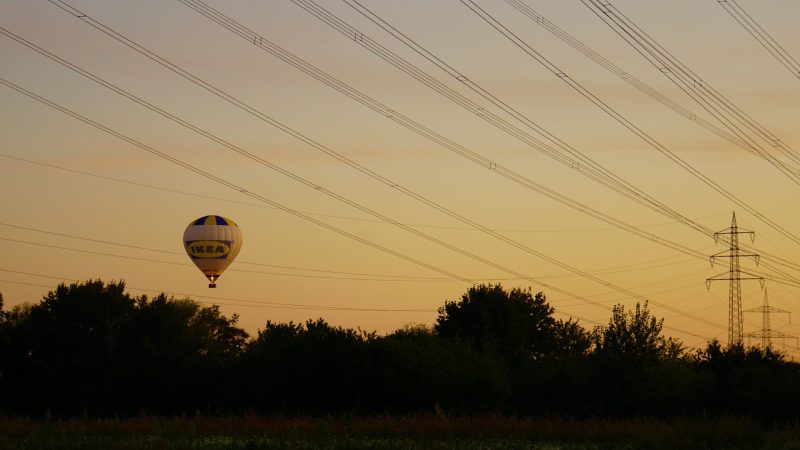What fashion industry does for sustainability?2 min read

The fashion industry – especially fast fashion – is often accused of being an unsustainable business. Because of the massive turnover of the collections, every single item that shopping addicted consumers buy costs a lot in terms of impacts: high production of cotton, intensive consumption of natural resources, pollution of water, air, land, CO2 emissions, etc.
That’s why a lot of consumers are looking for new sustainable ways of shopping. Changing behaviors is one of the issues fashion giants need to face and can involve purchase frequency (“I buy the same items from the same shop but once a month instead once a week”) or purchase expectations (“I buy only from brands with high sustainability standards”). In both cases, fashion chains have understood this trend and evolved accordingly.
Of course, the way garments are made is crucial. Chains disclose often how products have been consciously crafted and taken into account human (i.e. respect labor conditions, initiate workplace programs, foster a responsible supply chain, promote the development of local communities, etc.), animal (using less or no leather, fur, wool, feathers/down, or silk, avoid testing, promote animal rights, etc.) and environmental welfare (i.e. reduction of GHG emissions, using an eco-friendly package, foster eco-efficient buildings, tracking logistics and products end-to-end, etc.).
Moreover few companies apply the “circular economy” in several ways: with schemes that let you swap old clothes for vouchers, using recycled material to make the products, supporting specific makers and suppliers, donating unsold products to give them a new life).
Finally, investments in research and development are other ways to aim at sustainability targets. Fostering research into technology in order to face global sustainability challenges (agreements with universities and other institutions, etc.) and support the development of technology that yields new raw materials in the future (i.e. discovering new fibers, etc.).
The big challenge for these players – no matter how small or big they are – is to embed the ESG criteria in their strategies, balancing them with all the traditional business factors and keep having appealing fashion products to both the old-fashion-way consumers and a new target of sustainable-oriented consumers.
Featured image by Michal Jarmoluk from Pixabay






